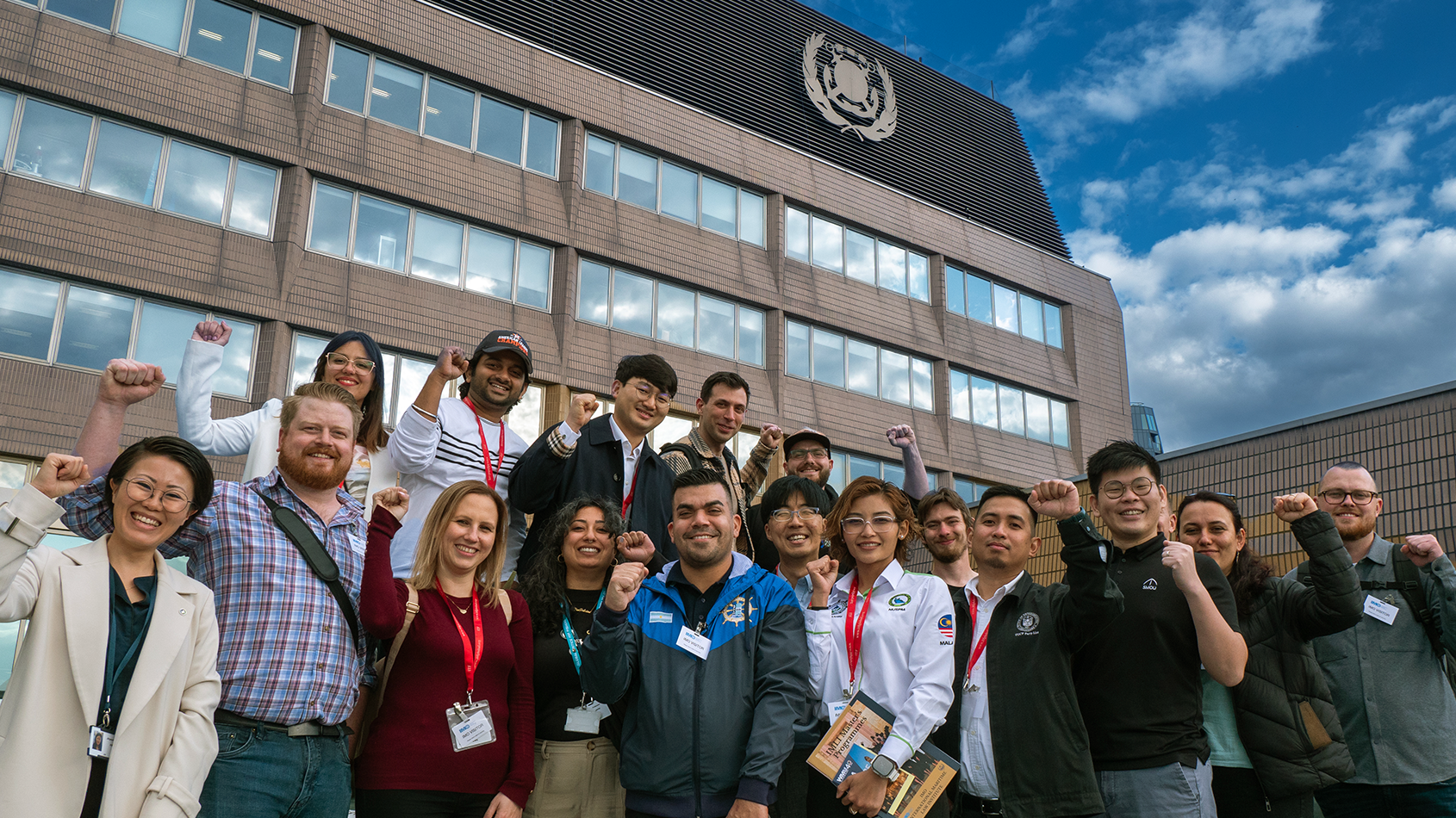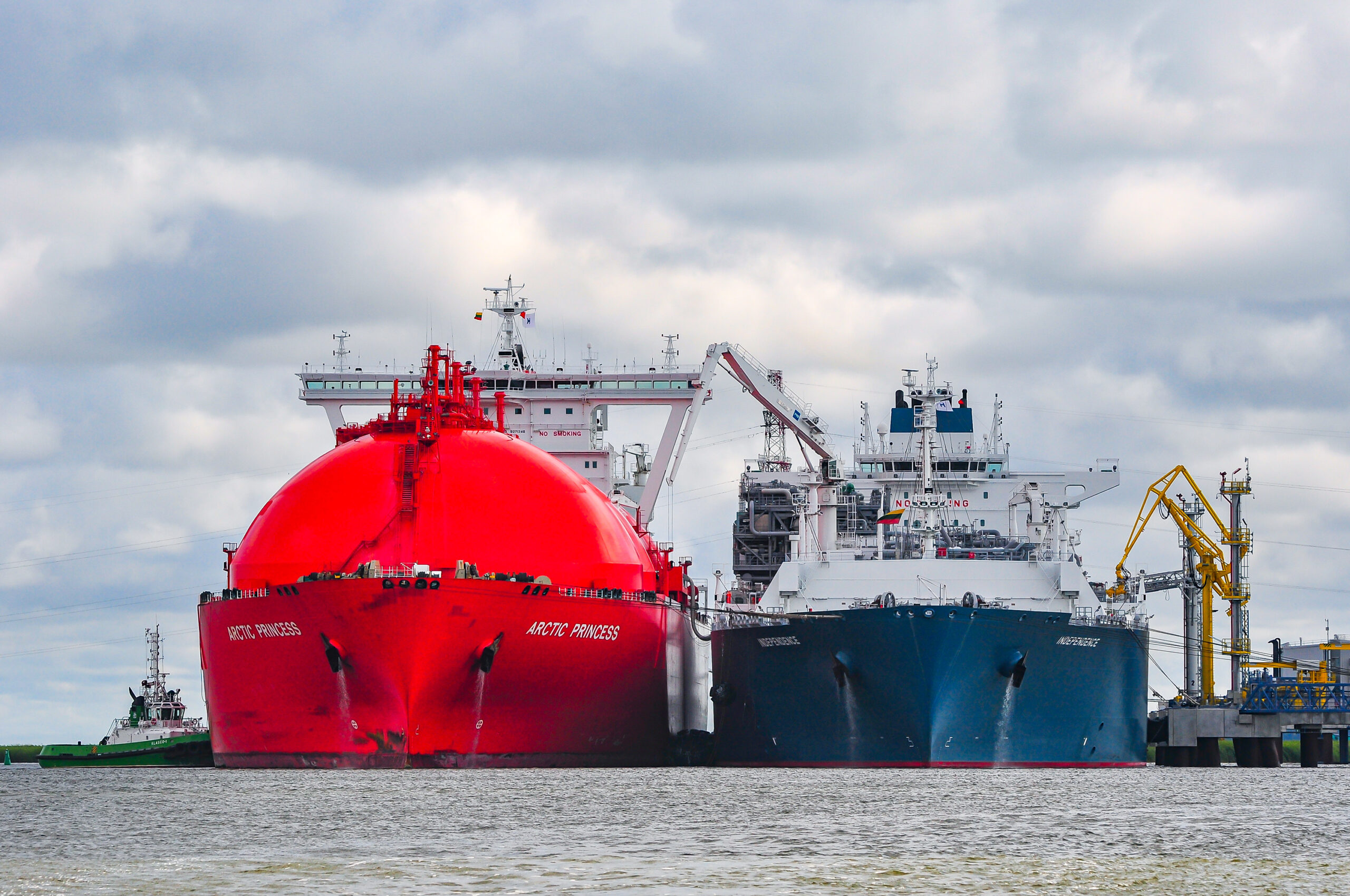Demand for remote surveys within the maritime sphere is on the up, with this trend only further accelerating as a result of COVID-19. Brian Dixon spoke to DNV GL about its increased workload and how surveyors no longer need to be on a ship to know whether it is seaworthy or not.
One impact of digitalisation is the ability to perform many traditionally ‘hands-on’ tasks remotely and in so doing accruing cost and time savings for both the service provider and client alike. It is a service that has been around in the industry for a couple of years now, but due to the restrictions brought on by the Covid-19 pandemic, it seems it time to be used more widely has arrived.
Described as its “remote approach to the machinery planned maintenance system (MPMS)”, DNV GL’s Machinery Maintenance Connect (MMC) service, for instance, negates the need for surveyors to physically inspect each individual vessel in a fleet. Instead, promising to bring “substantial efficiencies to vessel maintenance and fleet management”, it enables machinery data to be analysed via algorithms irrespective of geography and distance.
“MMC enables us to remotely perform the survey of a customer’s entire fleet in one seamless process,” says Rolf Petter Hancke, surveyor and principal engineer at DNV GL – Maritime. “The main benefits to the customer are that it saves time, offers direct feedback to management, yields better insights of all vessels and reduces disruption to daily operations.”
“A dashboard, split into two parts, provides customers with a comprehensive overview containing details of the owner’s entire fleet and a vessel overview which details the maintenance tasks completed – plus features like in-depth analytics and maintenance tasks connected to AIS data. These insights are available to the customer 24/7, 365 days a year,” he continues. “While most Planned Maintenance System (PMS) software focuses on planning and execution of maintenance, MMC focuses on maintenance history and so the two systems complement one another.”
What’s more, while the service predates the present COVID-19 pandemic, the disruption caused by the current situation looks set to only buoy demand for the service. “Surveys using MMC have been operational for around 12 months and the concept itself was in development long before then. Last year alone, 350 vessels began data sharing with MMC and 100 vessels were surveyed using this new approach,” says Marianne Strand Valderhaug, DNV GL – Maritime’s director of technical support.
“Like everyone,” she states, “COVID-19 has prompted our customers to investigate new ways of working and MMC is a really appealing option because it offers both greater convenience and reduced risk for both crew and surveyors. We are also gathering a lot of valuable experience with the technology and I think this will help us a great deal in further developing our remote and digital services.”
“At the same time, our customers will get used to working more often with DNV GL online and remotely,” she continues. “We have had a lot of great feedback from customers saying that they are really pleased with how efficient remote interaction is and that the service is as good as an in-person survey – both in terms of speed, access to surveyors and in terms of expertise,” she reports.
But it’s certainly not just demand for the MMC service that is rising, with the company’s various other remote offerings also proving increasingly attractive with customers. “DNV GL has been providing a remote survey service since 2018. In March, we reported that 15,000 remote surveys [had] been completed since its launch,” Valderhaug says. Moreover, “demand for remote surveys has increased in recent weeks”, she adds.
“Travel restrictions have made some ports inaccessible and social distancing measures have sometimes meant that surveyors are unable to board vessels to conduct scheduled surveys. These extraordinary circumstances have meant that our customers are looking for new solutions that keep them up and running and have taken advantage of our remote survey service,” Valderhaug states. “We have licensed applications which facilitate live-streaming, video and picture-sharing – all of which are crucial to the successful completion of the remote survey.”
Nevertheless, while the demand remote services may be on the up, not everything is best done digitally. “It’s important to stress that for main class surveys we will continue to conduct onboard surveys once a year minimum,” she says. “For these bigger surveys, physical attendance will continue to be more efficient.”

































